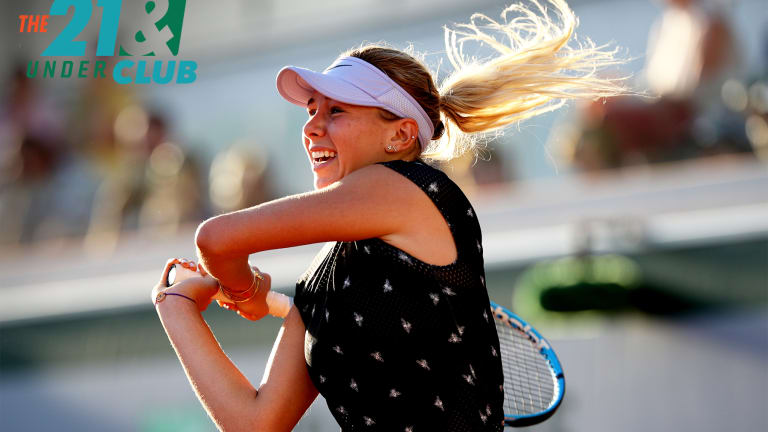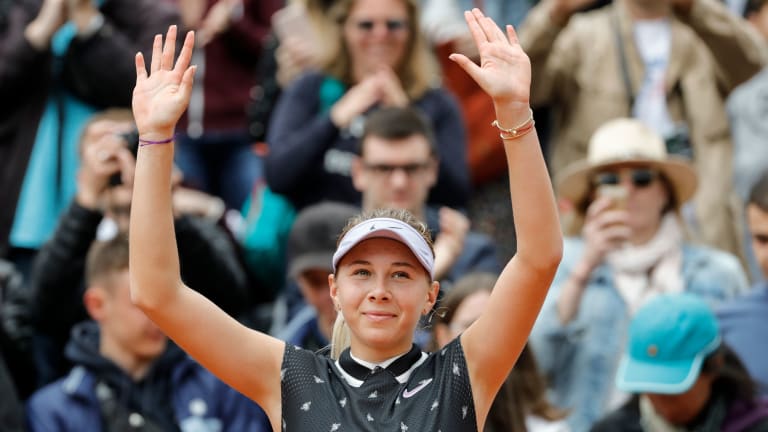The 21 & Under Club: Amanda Anisimova
By Jun 20, 2019Lifestyle
Game, Set, Recharge: Globe-trotting tennis pros fight jet lag by staying one step ahead
By Apr 19, 2025Pick of the Day
Charleston Betting Preview: Amanda Anisimova vs. Emma Navarro
By Apr 04, 2025Social
Amanda Anisimova responds to Mirra Andreeva's accusation of gamesmanship on Instagram
By Mar 24, 2025Miami, USA
Amanda Anisimova lets emotions boil up, then rides them in Miami to snap Mirra Andreeva's hot streak
By Mar 24, 2025Miami, USA
Mirra Andreeva vs. Amanda Anisimova: Where to Watch, Miami Open Preview, Betting Odds
By Mar 24, 2025Pick of the Day
Miami Open Betting Preview: Amanda Anisimova vs. Mirra Andreeva
By Mar 23, 2025Miami, USA
Mirra Andreeva, Novak Djokovic and Iga Swiatek all in action: Miami, Day 6 Preview
By Mar 23, 2025Indian Wells, USA
Smile! Players turn to our camera during Eisenhower Cup at Indian Wells
By Mar 05, 2025Month In Review
Which February development on the WTA and ATP Tours was the most significant?
By Feb 28, 2025The 21 & Under Club: Amanda Anisimova
Amanda Anisimova has found success in the pros at 17. Just wait until she realizes her full potential.
Published Jun 20, 2019
Advertising

The 21 & Under Club: Amanda Anisimova
Advertising

The 21 & Under Club: Amanda Anisimova
© AFP/Getty Images